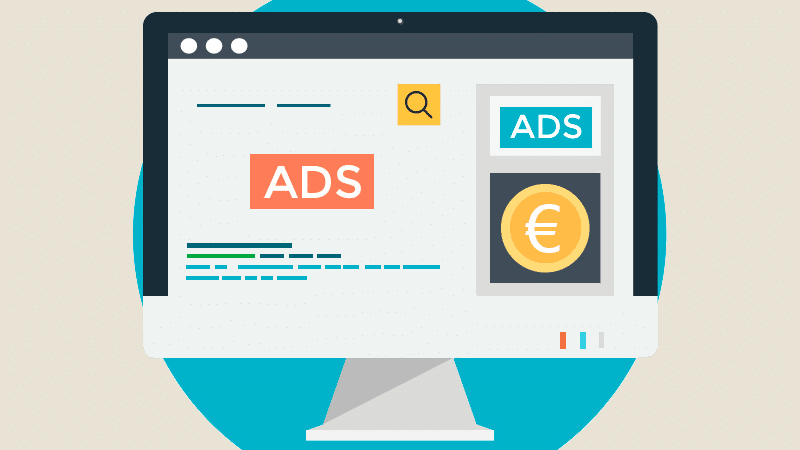Website Design in Digital Marketing

Introduction
In the fast-evolving digital world, a website is often the central hub for businesses to reach their target audience. Whether you're a small business owner or a large corporation, the role of your website extends far beyond a digital storefront. In digital marketing, website design plays an essential part in attracting and retaining visitors, enhancing user experience (UX), and converting leads into customers. In this article, we will explore what website design means in the context of digital marketing, its core components, and why it is crucial for your marketing efforts.
What is Website Design in Digital Marketing?
Website design refers to the process of creating the visual and functional aspects of a website that align with a brand's goals. In digital marketing, it goes beyond aesthetics and user-friendly layout—effective website design is about making the website work for your marketing strategy. From creating a seamless user experience (UX) to ensuring high conversion rates, the design of your website is an integral part of your digital marketing efforts.
Unlike traditional marketing, where the focus might be on print ads or broadcast media, digital marketing centers on creating a strong online presence. Your website is the focal point of this presence, serving as a destination for your target audience. Therefore, the design of your website is directly linked to the success of your digital marketing campaigns.
Key Elements of Website Design in Digital Marketing
- Responsive Design
In today’s world, users access websites through a wide range of devices, including desktops, tablets, and smartphones. Responsive design ensures that your website automatically adjusts its layout to provide an optimal viewing experience across all screen sizes. Google also prioritizes responsive websites in search rankings, making it essential for both user experience and SEO. - User Experience (UX) and User Interface (UI)
The design of your website should be intuitive and easy to navigate. UX design focuses on optimizing the user journey, ensuring that visitors can quickly find what they’re looking for. UI design, on the other hand, focuses on the appearance of the website—things like buttons, menus, and color schemes. A great UX/UI design combination ensures that users have a pleasant experience while interacting with your website, which can increase engagement and reduce bounce rates. - Clear Calls to Action (CTAs)
In digital marketing, a website's primary goal is often to convert visitors into customers or leads. This is where calls to action (CTAs) come into play. A CTA can be anything from a "Buy Now" button to a "Sign Up for Our Newsletter" prompt. Effective website design ensures that CTAs are prominently displayed and easy to interact with, guiding users toward the desired action. - Fast Loading Speed
Speed is crucial for both user experience and SEO. A website that loads quickly not only improves user satisfaction but also ranks higher on search engines. Website design directly impacts loading times, especially when incorporating large images or complex elements. Optimizing website speed should always be a priority in your design process. - SEO Optimization
A good website design is not only attractive and functional but also optimized for SEO (Search Engine Optimization). This includes using SEO-friendly URL structures, optimizing images, and including appropriate meta tags and keywords. A well-designed website will improve your chances of ranking higher in search engine results, driving more organic traffic to your site.
The Importance of Website Design in Digital Marketing
- Building Trust and Credibility
The design of your website is often the first impression potential customers will have of your business. A clean, professional, and aesthetically pleasing website creates an immediate sense of trust and credibility. On the other hand, a poorly designed or outdated website can lead visitors to question the professionalism of your brand. - Enhancing User Engagement
A well-designed website encourages visitors to spend more time on your site. By providing easy navigation, compelling visuals, and engaging content, you can keep users interested and reduce the chances of them leaving quickly (bounce rate). Increased engagement means visitors are more likely to convert, whether it’s making a purchase or signing up for a service. - Improving Conversion Rates
Website design plays a pivotal role in conversion optimization. Simple design changes, such as optimizing the placement of CTAs, improving loading speed, or streamlining the checkout process, can significantly increase conversion rates. In digital marketing, higher conversion rates mean more sales and more leads. - Supporting Digital Marketing Campaigns
Your website is the foundation for all your digital marketing efforts, including search engine optimization (SEO), pay-per-click (PPC) ads, social media marketing, and email campaigns. A well-designed website can support and amplify these efforts by creating a seamless experience from ad clicks to landing pages. Additionally, websites that are optimized for mobile will perform better in digital marketing campaigns, as more users are accessing the internet via mobile devices.
Best Practices for Website Design in Digital Marketing
- Mobile-First Design
As mobile internet usage continues to rise, mobile-first design has become crucial. Ensure that your website is designed with mobile users in mind, as Google uses mobile-first indexing to rank websites. This means Google predominantly uses the mobile version of a site for indexing and ranking. - Clear and Concise Content
Content is a critical component of your website design. Make sure your content is engaging, easy to read, and SEO-optimized. Use clear headings, short paragraphs, and bullet points to make your content easy to scan. - Use of Visual Elements
High-quality images, videos, and graphics can enhance the appeal of your website. However, it’s important to use them sparingly to avoid overwhelming the user. Balance visual appeal with functionality. - Regular Updates
A website should never be static. Regularly updating your website with fresh content, new blog posts, product updates, and optimized SEO elements keeps it relevant and engaging for users and search engines alike.
Conclusion
Website design is not just about creating an attractive site—it's a powerful tool in digital marketing. The way your website is designed impacts everything from user experience and SEO to engagement and conversions. A well-designed website enhances trust, boosts brand credibility, and supports your broader marketing goals. As the digital landscape continues to evolve, focusing on high-quality website design will help your business stay ahead of the competition and effectively reach your audience.




